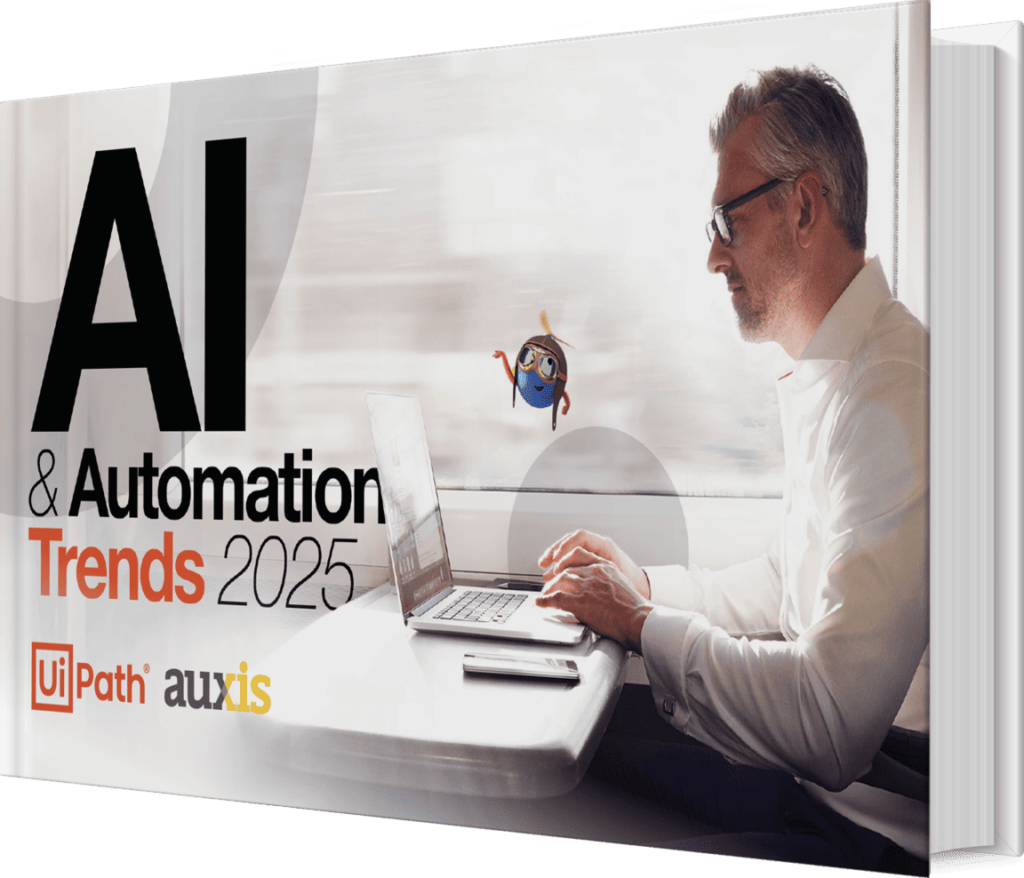AI is no longer just transforming how businesses create content; it’s redefining how work gets done. For leaders across finance, HR, IT, and customer service, understanding the shift from Generative to Agentic AI is key to unlocking real operational impact.
Among the most discussed advancements are Generative AI and Agentic AI. While often used interchangeably, they represent distinct capabilities that offer unique opportunities for back-office transformation. Understanding the key differences is the first step toward harnessing their true potential.
Understanding Generative AI
Generative AI refers to artificial intelligence models designed to create new content. These systems are trained on vast datasets, enabling them to produce human-like text, images, code, and other media in response to a specific prompt.
Think of Generative AI as a highly skilled creator. It excels at tasks like drafting emails, summarizing long reports, writing code, or answering customer questions in a chat. It is a powerful tool for augmenting human capabilities and automating content-centric tasks, but it is fundamentally reactive, waiting for a command to act.
Generative AI is no longer a futuristic concept. It is quickly becoming a business standard, with over 80% of enterprises expected to use Generative AI APIs or deploy AI-enabled applications by 2026, according to Gartner. This rapid adoption highlights how deeply this technology is being integrated across industries.
The emergence of Agentic AI
Agentic AI represents the next stage in the evolution of artificial intelligence, shifting the focus from content creation to autonomous action. An AI agent is a system capable of proactively pursuing complex goals with minimal human intervention and supervision.
This form of AI goes beyond creation to execution. It can plan, reason, and leverage various tools, including generative AI models, to complete multi-step tasks from start to finish. If Generative AI is the content writer, agentic AI is the project manager who oversees the entire campaign, from initial concept to final delivery and analysis.
Agentic AI is still in its early stages, but momentum is building fast. IDC projects that by 2028, 40% of enterprise AI initiatives will include Agentic AI components, compared to less than 5% in 2024, demonstrating a clear sign that businesses are shifting toward more autonomous, action-oriented systems.
Key differentiators: Agentic AI vs. Generative AI
Both AI technologies are built on large language models, but their purpose and capabilities differ significantly. Generative AI focuses on producing content such as text, images, or code, while Agentic AI builds on that foundation by adding reasoning, memory, and autonomous decision-making. Understanding these distinctions is essential for identifying where each can deliver the greatest value within your back-office operations.
Autonomy and proactivity
The primary difference lies in their level of autonomy. Generative AI is reactive, requiring human prompts for every action it performs. It completes a specific, isolated task and then stops until the next instruction is provided.
Agentic AI, by contrast, is proactive. It operates with a degree of independence, making decisions and taking actions to move closer to a goal defined by a human. For example, it can monitor a system for a specific trigger and automatically initiate a multi-step workflow without direct human input.
Goal orientation and planning
Generative AI is task-oriented, focusing on immediate requests. Its goal is to generate the most accurate or relevant output for the given prompt.
Agentic AI is goal-oriented in a broader sense. It can take a high-level objective, deconstruct it into smaller, actionable steps, and execute them sequentially. This ability to plan, prioritize, and adapt enables it to manage complex, multi-stage processes.
Integration and tool usage
While generative AI can be embedded into various applications, it typically operates within its own environment. Its primary function is to process information and generate outputs such as text or visuals.
Agentic AI, on the other hand, can interact with and control external software and systems. An AI agent can retrieve data from a CRM, update an ERP system, send emails, or call APIs to connect with other tools—coordinating them to accomplish its goals.
Memory and learning
Generative AI models generally have limited short-term memory, retaining context only within a single interaction or conversation. They don’t typically store information across sessions or learn from past experiences unless explicitly fine-tuned or retrained.
Agentic AI is designed with persistent or contextual memory, enabling it to recall prior actions, learn from outcomes, and refine its strategy over time. This continuous improvement allows it to become more accurate and efficient with each iteration.
The impact on back office transformation
For directors and executives overseeing back-office functions, the distinction between Generative and Agentic AI is more than academic. It has practical implications for how you can innovate and optimize your operations.
In finance, Generative AI can draft financial reports and communications. An Agentic AI system, however, can automate the entire accounts payable process from receiving an invoice to validating it against purchase orders, securing approvals, and scheduling payment in the ERP system.
In human resources, Generative AI can help write job descriptions and employee communications. Agentic AI can manage the entire employee onboarding workflow, including creating IT accounts, enrolling new hires in benefits programs, and assigning required training modules.
For customer service, Generative AI powers chatbots. It can provide instant answers to common questions. Agentic AI can take this a step further by proactively identifying a customer issue, creating a support ticket, routing it to the appropriate team, and monitoring its resolution, all while keeping the customer informed.
In IT, Generative AI can assist developers by writing and debugging code. An Agentic AI can monitor network performance, detect potential security threats, and automatically initiate remediation protocols to prevent system downtime.
Your partner for AI-driven transformation
The journey of AI transformation is about more than just technology; it’s about strategic implementation. Choosing between Generative and Agentic AI for the right use case requires a partner who understands the intricacies of your back-office operations.
Successfully integrating these powerful solutions to achieve a tangible return on investment is where many initiatives falter. Real transformation demands a holistic approach that combines process expertise with deep technical knowledge to bridge the gap between AI’s potential and your operational reality.
At Auxis, we specialize in bridging that gap. Our methodology begins with your business challenges, leveraging our decades of experience in finance, HR, and IT to identify the highest-impact opportunities for intelligent automation. We go beyond technology implementation to re-engineer processes for a digital-first world.
As a platinum UiPath partner, we harness the leading platforms to design and deploy the optimal mix of Generative and Agentic AI solutions. We move beyond simple outsourcing to deliver true transformation, building smarter, faster, and more resilient operations that drive business value. Our unique nearshore model from Latin America provides the top-tier, cost-effective talent to make this transformation a reality.
To explore how AI can transform your operations, schedule a consultation with our experts or explore our learning center for more insights.
Frequently Asked Questions
What is the main difference between agentic and generative AI?
Can generative AI become agentic?
What are the risks of implementing agentic AI?
Is agentic AI the same as automation?


